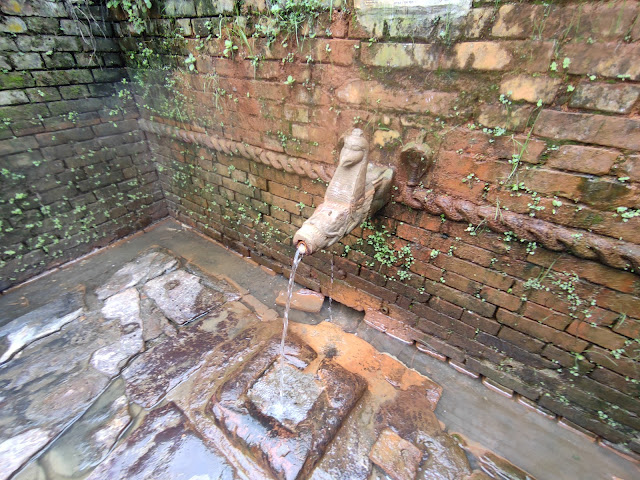Chiva Chaitya Continue to Engage with Communities
Chiva Chaitya Organization is always privileged and happy to be engaged and learning from the community in their desire to preserve and promote the heritage of the country.
Preserving heritages like the Chaityas of the Kathmandu Valley is essential for several compelling reasons. Firstly, these ancient structures serve as tangible links to the region's rich cultural and religious history, offering insights into the spiritual practices, architectural brilliance, and artistic achievements of past civilizations. By safeguarding Chaityas, we maintain a physical connection to our cultural roots and provide future generations with a profound sense of identity and continuity.
Secondly, these heritage sites are repositories of invaluable knowledge, housing intricate carvings, inscriptions, and artistic details that contribute to our understanding of historical narratives, societal norms, and religious beliefs prevalent in the Kathmandu Valley. Preserving Chaityas ensures that this wealth of information is not lost to time, fostering scholarly research and educational opportunities.
Moreover, the Kathmandu Valley's Chaityas are often sacred pilgrimage sites and significant religious landmarks. Their preservation is crucial for maintaining the spiritual sanctity of these places, allowing contemporary communities to continue practicing and venerating their cultural and religious traditions.
In addition to their cultural and religious significance, these heritage sites contribute significantly to tourism, attracting visitors from around the world. The preservation of Chaityas thus supports the local economy, providing employment opportunities and promoting sustainable tourism practices.
In essence, preserving Chaityas in the Kathmandu Valley is an investment in the cultural, historical, and economic well-being of the region. It fosters a sense of pride, identity, and connection to the past, ensuring that the legacy of these remarkable structures endures for the benefit of current and future generations.





Comments
Post a Comment